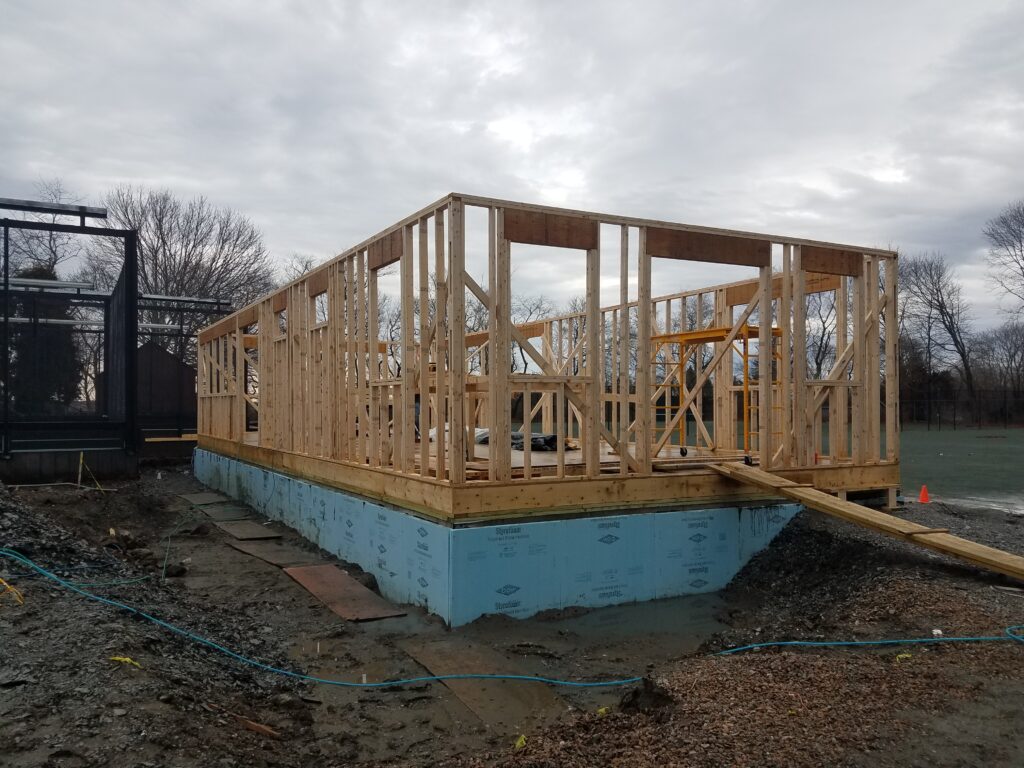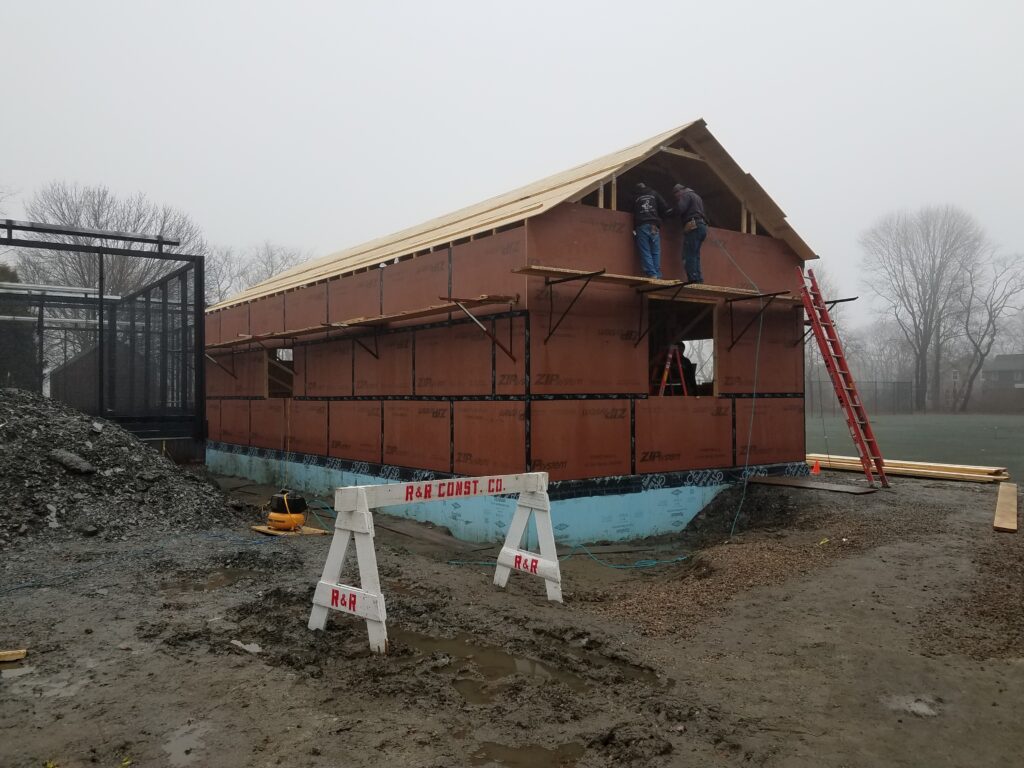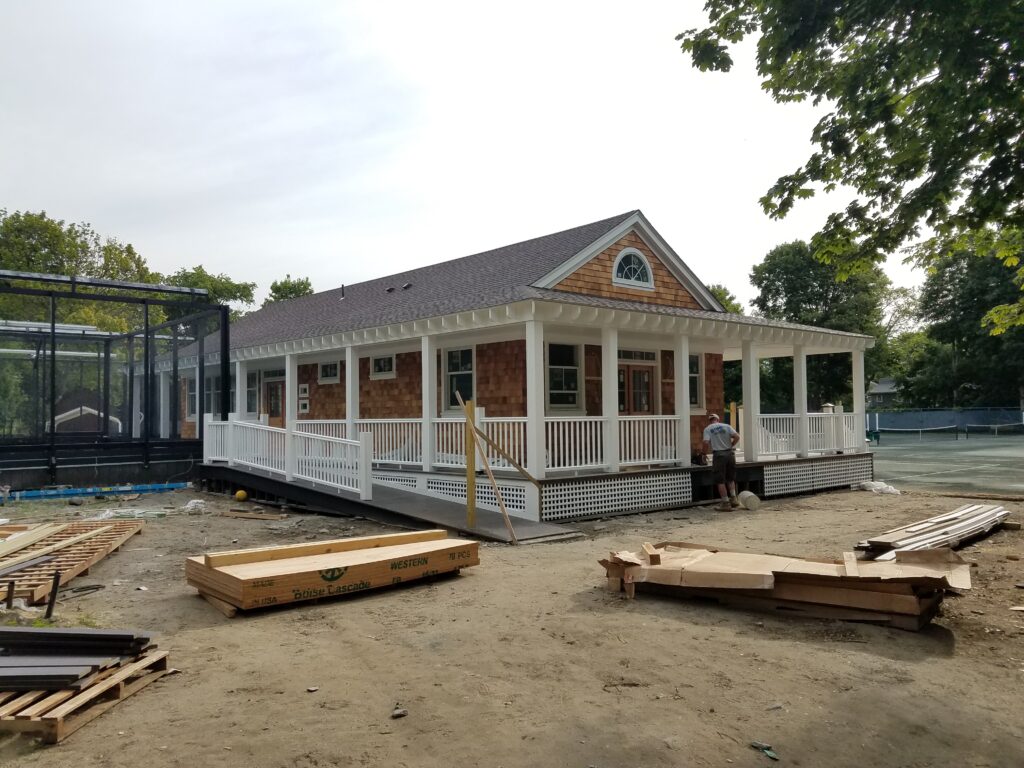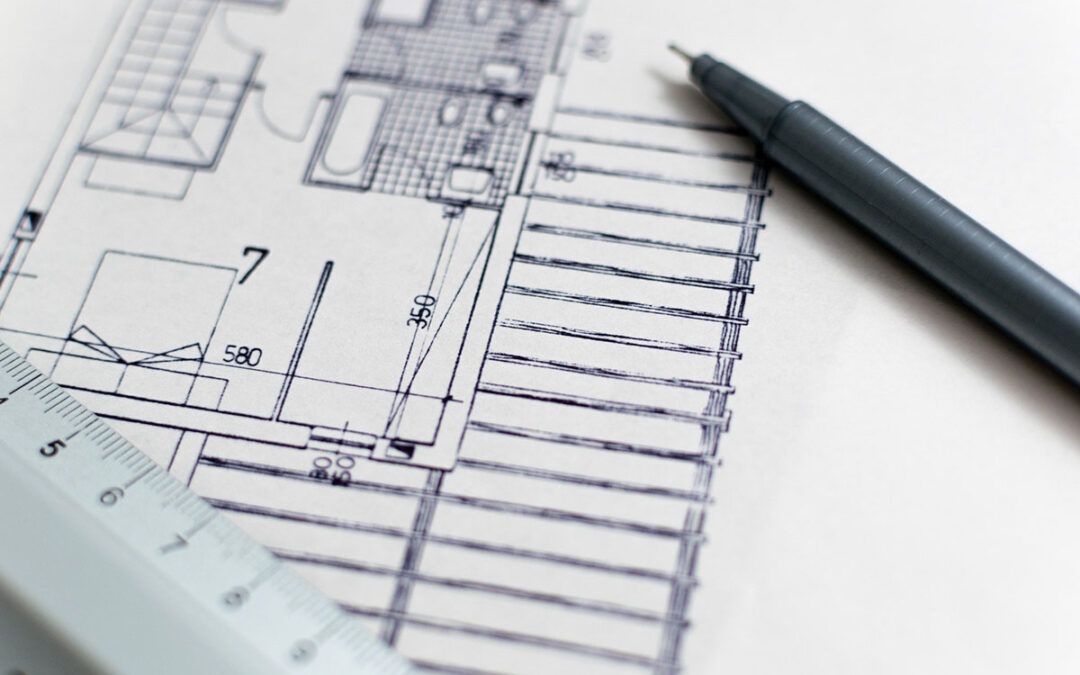In previous Archi-TEXTs, there have been discussions on how to choose the right architect for your project and how to work with them to choose the right design for your new building or renovation. This article will address the different factors you should consider in selecting a company and method for undertaking your construction.
The very first decision an owner must make is whether to hire an outside contractor to help or not. Some clients are tempted to try to manage their own construction projects to either save money or to maintain greater control of the project. However, unless a person has significant professional construction experience themselves, this is generally not an advisable idea. Construction is an extremely complicated, difficult, expensive, legally challenging, and (at times) dangerous, undertaking. It should not be undertaken lightly.

Another point of consideration regarding whether to undertake a project on your own or with the assistance of a professional builder is getting access to qualified subcontractors. Often a builder will have worked with subcontractors such as plumbers, electricians, roofers, and a myriad of other trades for years, if not decades. As a newcomer doing a one-time project, an owner is likely to be put both at the back of the line for scheduling and quoted the highest of prices, thereby diminishing any savings that doing the project themselves might have yielded.
Once an owner has decided to utilize professional help, the next question to address is whether to utilize the “Construction Management” (CM) approach or the “General Contractor” (GC) approach. In both of these approaches, an owner will be engaging a professional builder to guide the project. From a legal perspective, the two methods are very different from one another. A Construction Manager typically is engaged early in the process and has a fiduciary duty to the customer. They are paid a pre-established percentage of overhead and profit over and above the subcontracts that are necessary to execute the work on a project. They will show the owner multiple bidders for each trade, and help them select the one that offers the best cost-to-value opportunity. The CM approach is often used when there is a tight time schedule, when a client has already established a strong level of trust with a particular builder, or the nature of construction is so unpredictable as to make a full documentation of the work to be done in advance difficult, expensive, or impossible.
The other approach is called the “General Contractor” (GC) method. In this instance, the builder owes his allegiance not to the owner, but to the construction contract. In this method, the owner and the architect have the opportunity to specify the design and performance of the project up front in a set of construction documents (CDs), which are drawings, specifications, general conditions, and contracts, while the GC maintains his right to select the subcontractor at their own discretion, as long as the standards spelled out in the CDs are met. This allows the owner to competitively bid the project and establish Guaranteed Maximum Price (GMP) cost to do the work. However, because there are almost always unexpected conditions or owner-directed changes to the scope of work, some of the cost advantages can be quickly lost to change orders, which are changes to the contract scope (and therefore also to the contract amount and schedule).

Once an owner has decided to use a professional builder and chosen a particular contractual approach to engage that firm, the search for the right firm truly begins. There are three basic flavors of contractor: those that do the highest quality work, those that have the resources to deliver the project most quickly, and those that can deliver the cost at the best value. Because each of these three characteristics are contradictory to one another, it is unusual to get more than one of these qualities in a single contractor. Work with your architect to decide which qualities are most important to you on your project and develop a list of contractors that match those criteria. Our firm works with about 20 different contractors regularly and we understand each firm’s special strengths and skills so that we can recommend them for appropriate projects.

Once a list has been selected, you will want to review their credentials to help narrow the list to 3-4 to solicit proposals from. First and foremost, you need to find a builder that you trust with your project. There are fly by night firms we have heard of that take an owner’s deposit money and begin a project only to disappear or declare bankruptcy. Your evaluation of the strength of each firm should begin with a review of their financial stability, level of insurance, and the recommendation of past clients. The second characteristic you should investigate is their history of producing projects of similar quality and type. While each project is a unique mix of design, client needs, location, program, and budget, a builder’s years of experience can help them avoid costly errors that may make the project more expensive or time consuming to complete.
As with your architect, you should try to find a builder that you like and feel comfortable communicating with. You will likely be entrusting your most valuable financial asset into their hands. Because the project is working on your home or building, and because the flow of monies seems so large in relation to the sort of normal expenditures we all typically undertake, construction can be very stressful. The process often takes longer than the client assumed and this adds to the level of stress. As a result, you will be spending a considerable amount of time (and money) with your builder and their team of subcontractors. It will be more enjoyable for you if you like, trust, and respect them from the very beginning of the project.

One other important step in working well with a selected builder is to make sure they are engaged using a well-considered and thorough contract. Writing a contract from scratch would be extremely time consuming and expensive, and simply agreeing to the builder’s contract will tend to favor their position. We recommend working with your architect to select an appropriate American Institute of Architects (AIA) form of contract. These are very widely used, well-established, and thoroughly court tested documents. They are known and trusted by clients, builders, and architects and therefore allow the early focus and energy to be on the project as opposed to legal wrangling over the various negotiating points. Your architect and attorney can well guide you to a contract that will provide good attention to the needs of all parties. Nothing sours a relationship with a builder more than not paying them on the agreed upon schedule. Make sure you line up your finances in the form of a construction loan or make other monies available.
The construction period is a time that most clients really enjoy as they start to see the ideas their architect has shown them in drawings and renderings begin to come to life in the real world. So much of the success of a project comes from the quality of the team you organize to help you design and build it. These selections are perhaps the most important ones an owner will make during the entire building design process.

Looking to remodel your home? Let’s connect.
Join the Architectural Forum to stay up-to-date with architectural news from Rhode Island and abroad.
